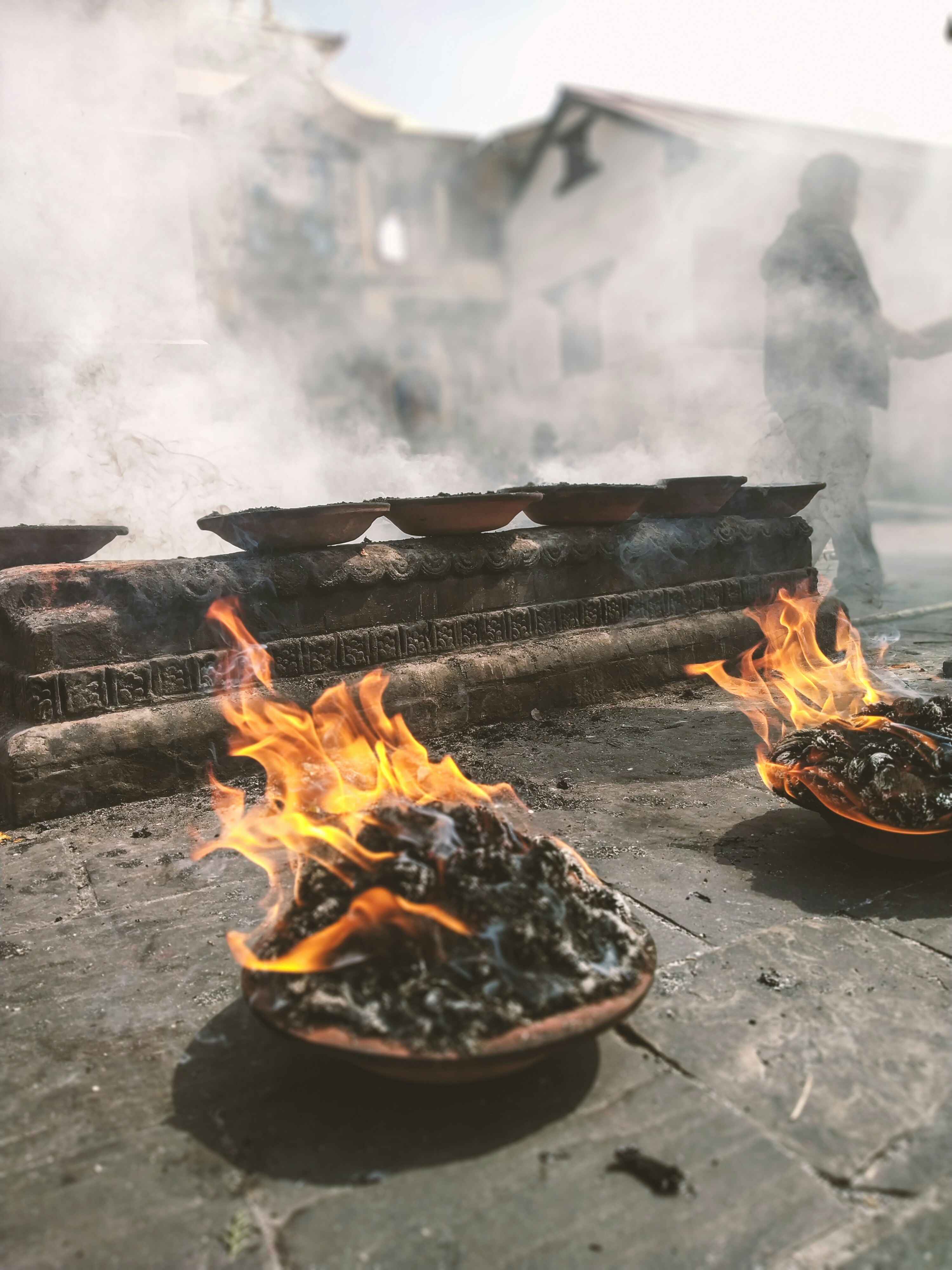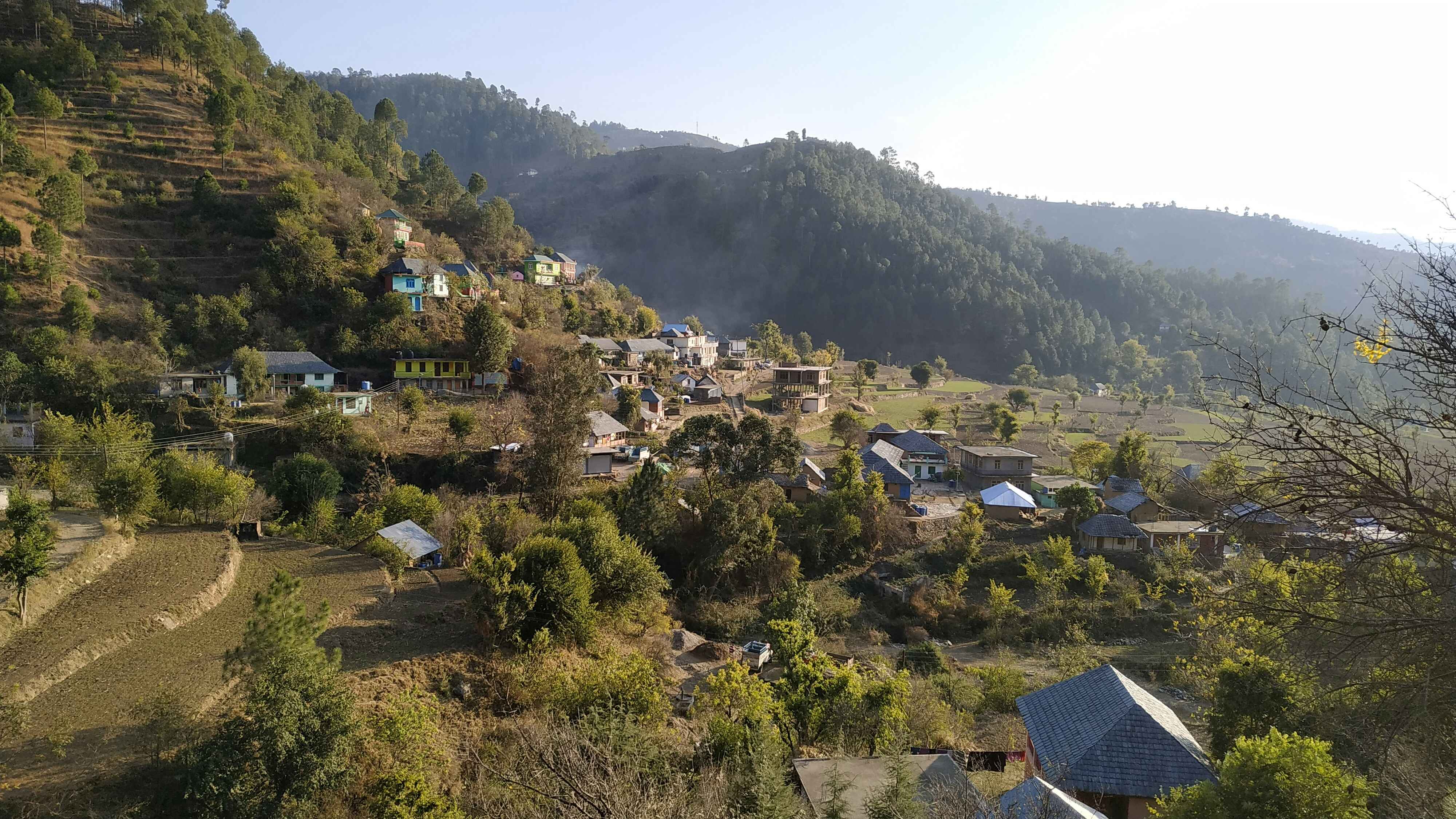Share this Article
Introduction
Nepal boasts a rich culinary heritage, shaped by geography, history, and tradition. Of the numerous favorite traditional dishes, Haluwa and Swari stand out as a favorite in Nepalese cuisine. The mouthwatering sweet semolina pudding (haluwa) and soft, flaky bread (swari) are a favorite breakfast dish, frequently served during religious and cultural ceremonies. Although haluwa is consumed in most of South Asia, Nepalese haluwa differs and is special in both taste and popularity. Similarly, swari is the most suitable food to accompany haluwa and is a hit among Nepalese families.
This article tries to follow the origin, making processes, cultural popularity, and modifications of haluwa and swari in Nepal while developing their growing demand in modern-day food culture.
The Origins of Haluwa and Swari
The history of the Middle East and Persia is the origin of haluwa, which was spread to South Asia through the practice of migration and trade. Haluwa is a word derived from the Arabic word halwa, which means "sweet." Nepalese people gradually adopted this food product, making changes in ingredients and spices based on local taste (Sharma, 2020). Semolina (sooji), ghee, sugar, and water or milk form the traditional ingredients of haluwa, resulting in a creamy and rich texture.
Swari, on the other hand, is a flatbread similar to the Indian puri but softer and less oily. It is also believed to have originated in Nepal as a breakfast item that typically goes with haluwa or curry. Together, haluwa and swari attain the optimum combination of sweetness and texture that has become so well-liked in Nepal.
How Haluwa and Swari are Prepared
Preparation of swari and haluwa requires simple ingredients but a careful process of cooking so that the dish is of the desired texture and taste.
Haluwa Preparation:
Ingredients:
Semolina (sooji) 1 cup
Ghee ½ cup
Sugar ½ cup
2 cups water or milk
Optional: cardamom powder, chopped nuts
Cooking Method:
Roast semolina with ghee heated in a pan until golden brown.
Boil water or milk separately and add sugar.
Gradually pour the hot liquid into the roasted semolina and continuously stir.
Cook until the mixture is thickened into a pudding.
Mix nuts and cardamom for extra flavor.
Swari Preparation:
Ingredients:
2 cups of flour
2 tablespoons ghee or oil
Pinch of salt
Water (as needed)
Cooking Method:
Mix flour, ghee, and salt and then gradually add water to prepare a soft dough.
Roll out small circles and cook in a hot pan until pale brown spots appear.
Serve warm with haluwa.
Cultural and Religious Importance
Not only are haluwa and swari traditional breakfast foods; they carry very deep cultural and religious importance within Nepalese society. They are often prepared and offered to gods in Hindu festivals such as Tihar, Maghe Sankranti, and Teej. Haluwa is served as prasada (a religious gift) by various temples and families after prayer (Khatri, 2021).
In Maghe Sankranti, a winter solstice festival, it is believed that consuming warm and rich foods like haluwa will bring good health and prosperity. On the festival, families share the meal of sesame sweets, yams, ghee, and haluwa, further consolidating the role of traditional food in Nepali festivals.
Differences of Haluwa in Nepal
While the traditional semolina haluwa remains the favorite, the different regions of Nepal have produced their own versions of haluwa using local ingredients. Some of these variants are:
Aata Haluwa: Made using wheat flour in place of semolina, making it a denser version.
Khuwa Haluwa: Made using thickened milk (khuwa), sugar, and nuts, having a creamy rich flavor based on milk.
Carrot Haluwa (Gajar Haluwa): Grated carrots slow-cooked with milk and sugar yield a healthy orange dessert.
Pumpkin Haluwa: Pumpkin mash haluwa is a seasonal one found more often in rural India.
Swari remains little changed but occasionally replaced by puri or served with spicy potato curry for a different experience.
Haluwa and Swari in Modern Food Culture
As the lifestyle has changed and Nepali street food and restaurants are becoming popular, haluwa and swari are being served in both traditional and modern setups. Freshly made haluwa along with hot swari is easily accessible in any city's tea shop or sweet shop, which is quite popular among locals as well as tourists (Regmi, 2022).
In addition, bakeries and restaurants have started to add haluwa to new desserts, such as haluwa-filled pastry and haluwa-flavored ice cream. These creative spins on traditional recipes help to keep Nepalese cuisine alive while adapting to contemporary tastes.
Health Benefits of Haluwa and Swari
Although haluwa is a dessert, it does have a few nutritional benefits when prepared with balanced ingredients:
Semolina has fiber, which is beneficial for digestion.
Ghee provides nutritious fats that boost energy.
Milk haluwa contains protein and calcium.
Dry fruits and nuts add vitamins and minerals.
Swari, if eaten in moderation, can be a low-calorie alternative to fried breads like puri, hence a comfort meal that is healthy.
Challenges and Preservation of Traditional Recipes
While haluwa and swari remain popular in Nepal, new food culture and the rising usage of processed food endanger traditional food. Most younger generations prefer fast foods now rather than homemade foods, and it has reduced the practice of traditional cooking. For the preservation of Nepalese food culture, it is imperative to:
Promote traditional food in restaurants and encourage locals to appreciate their traditional food.
Infuse Nepalese recipes into school education and cooking courses.
Host food festivals to commemorate Nepalese culture and highlight local foods like haluwa and swari.
Conclusion
Haluwa and swari are more than a delicious dish—they are emblems of Nepal's rich history, religious heritage, and emerging cuisine. From its status as a sacred offering to temples to its place as a filling breakfast in tea houses, this dish has been a part of Nepalese cuisine for centuries. While food culture continues to evolve, traditionals like swari and haluwa have to be sustained and celebrated for future generations so that they can enjoy their character and cultural essence.
Categories:
Food & Drink
Tags:
Haluwa and Swari
,
Sooji







